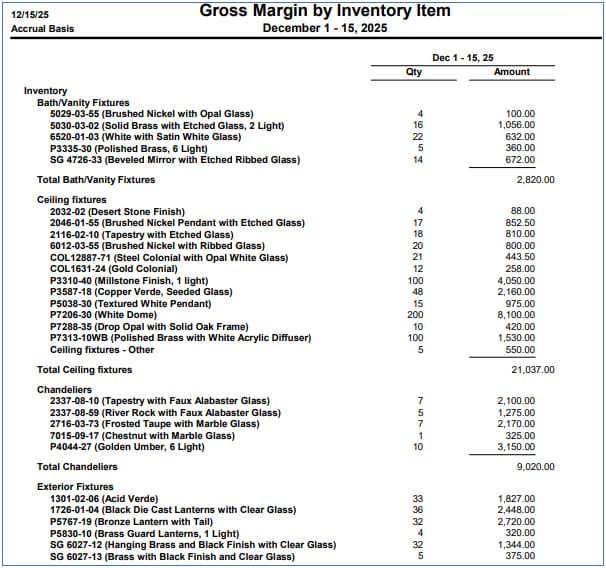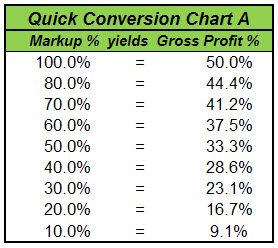

Additionally, inventory items with Quantity On Hand that have been made inactive will also cause a discrepancy between the Inventory Valuation Summary report and the totals for the inventory asset account on the financial statements or trial balance. If Journal Entries have been posted to the inventory account, the Inventory Valuation Summary will not agree with the Inventory Asset balance on your Balance Sheet.

The total asset value on this report should match with the Balance Sheet value for Inventory just ensure these two reports were created with the same time/date settings if other users are entering data in QuickBooks at the same time. An Inventory Valuation Summary Report summarizes the quantity, average cost and extended value of each of the inventory quantities and provides a total inventory valuation. The only method available in QuickBooks for inventory valuation is average costing. Asset value does not agree with the General LedgerĬDR Tool – Compare Balance Sheet and Inventory Valuation.Inventory Valuation Summary does not agree to General Ledger.Inventory Valuation Summary report shows negative quantities.Third, review the Inventory Valuation Summary for negative quantities and inaccurate average costs.Ĭommon Error: Incorrect and/or inconsistent inventory procedures A Client Data Review (CDR) tool can assist with this problem. Disagreement in these two numbers can be caused by several factors. Second, evaluate whether the total inventory value on the inventory valuation summary report agrees to the inventory amount reported on the Balance Sheet. The non-inventory type does not keep a perpetual count or an average cost. Clients often set up items as type – inventory, when they would be better served using the non-inventory item type. First, evaluate whether the Inventory items in QuickBooks ® are set up properly. The fundamentals should be reviewed initially. This often opens an opportunity for training.

A rigid set of procedures, with everyone inputting data consistently and in a timely manner is crucial. Inventory, like payroll, is consistently one of the most problematic areas for clients.


 0 kommentar(er)
0 kommentar(er)
